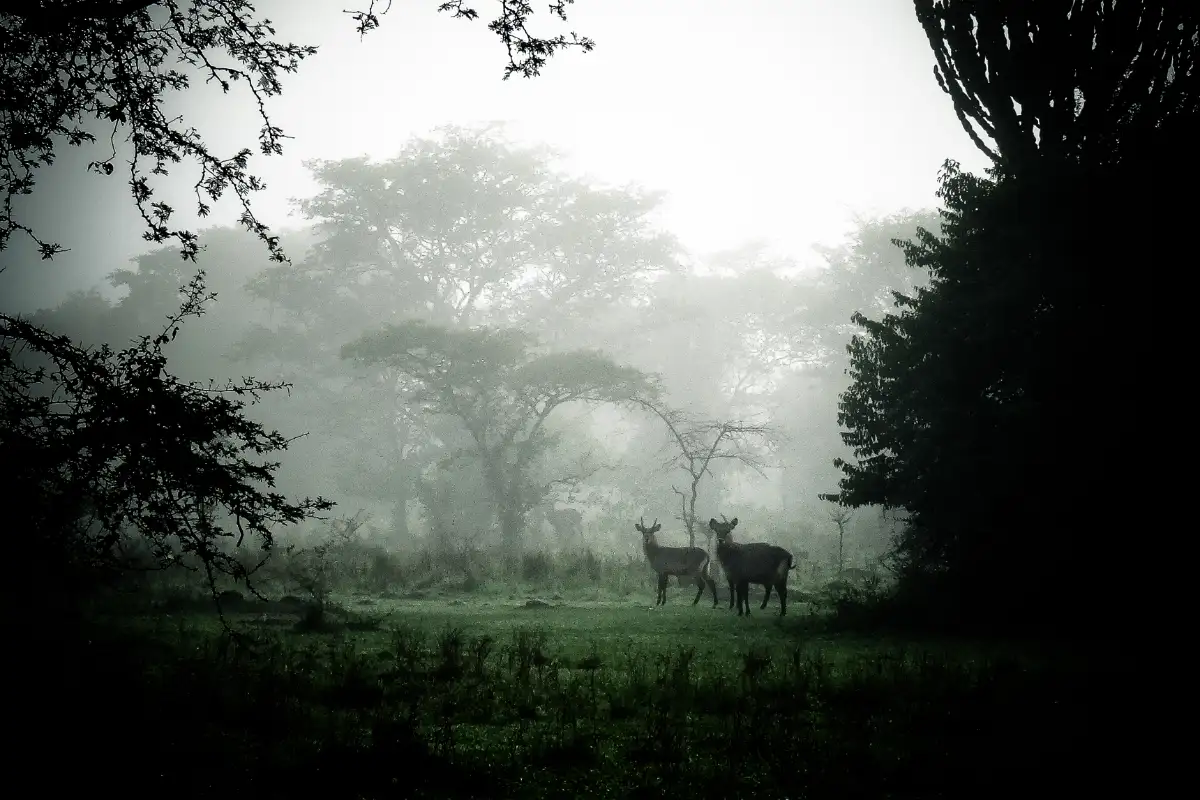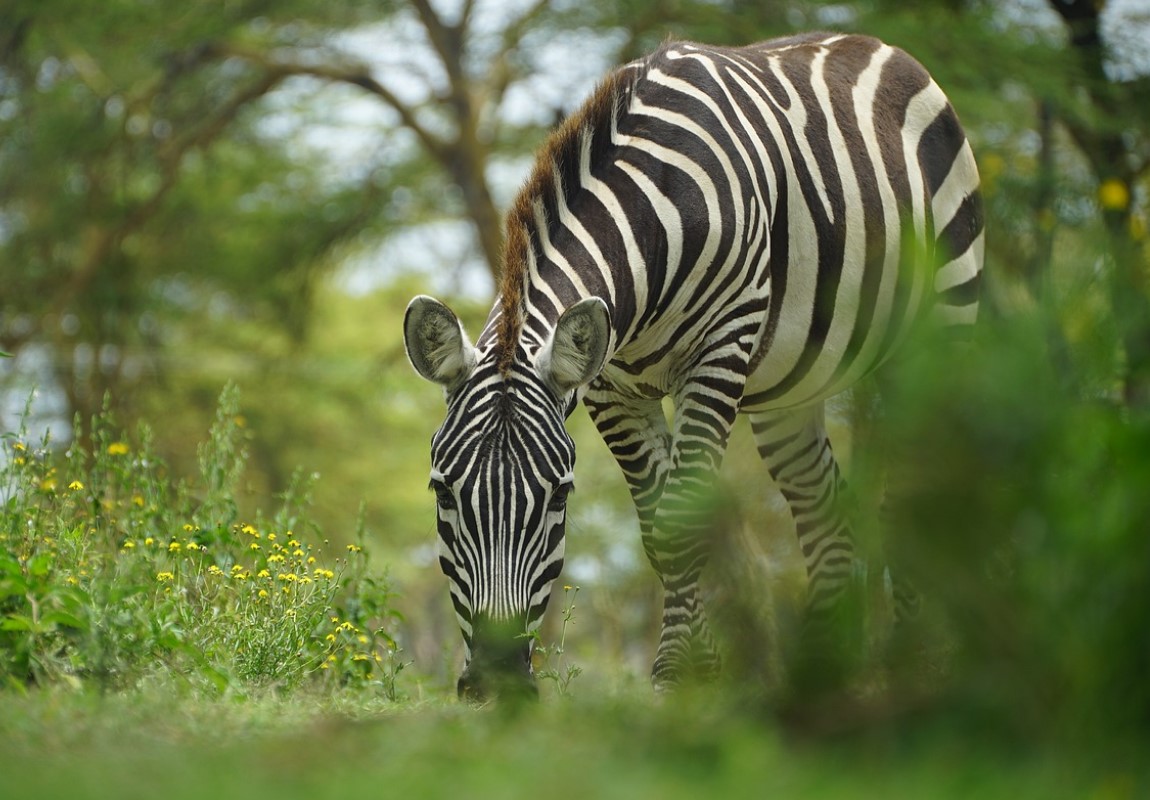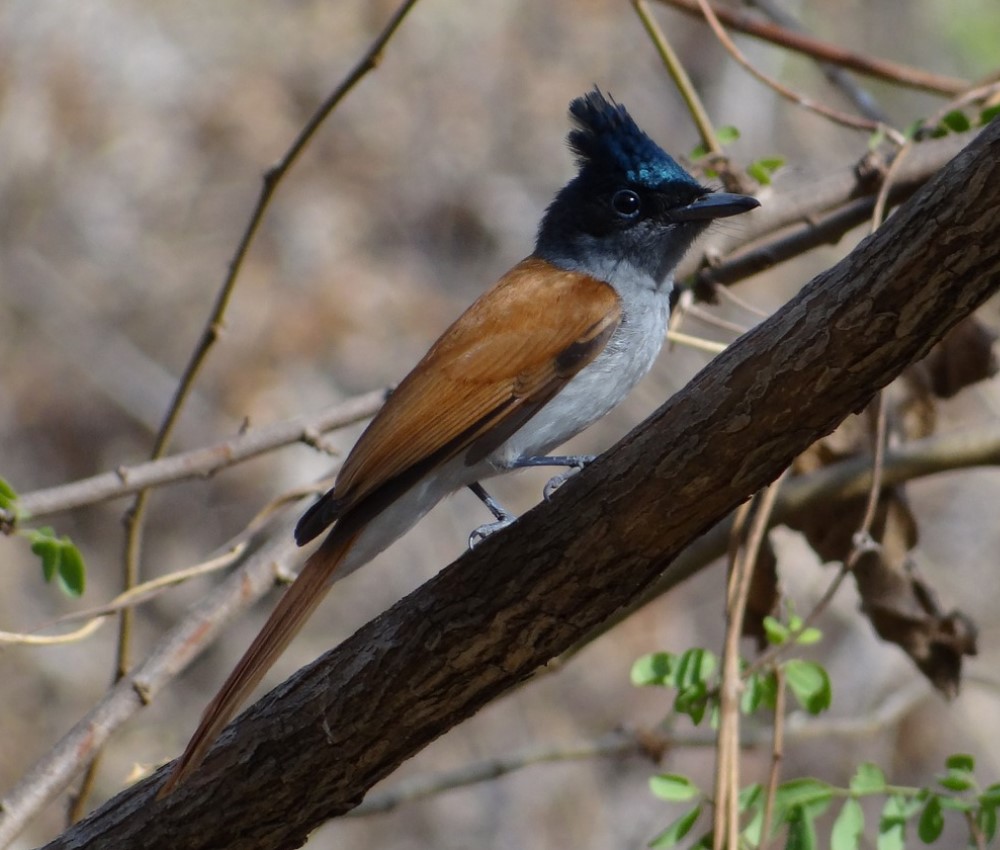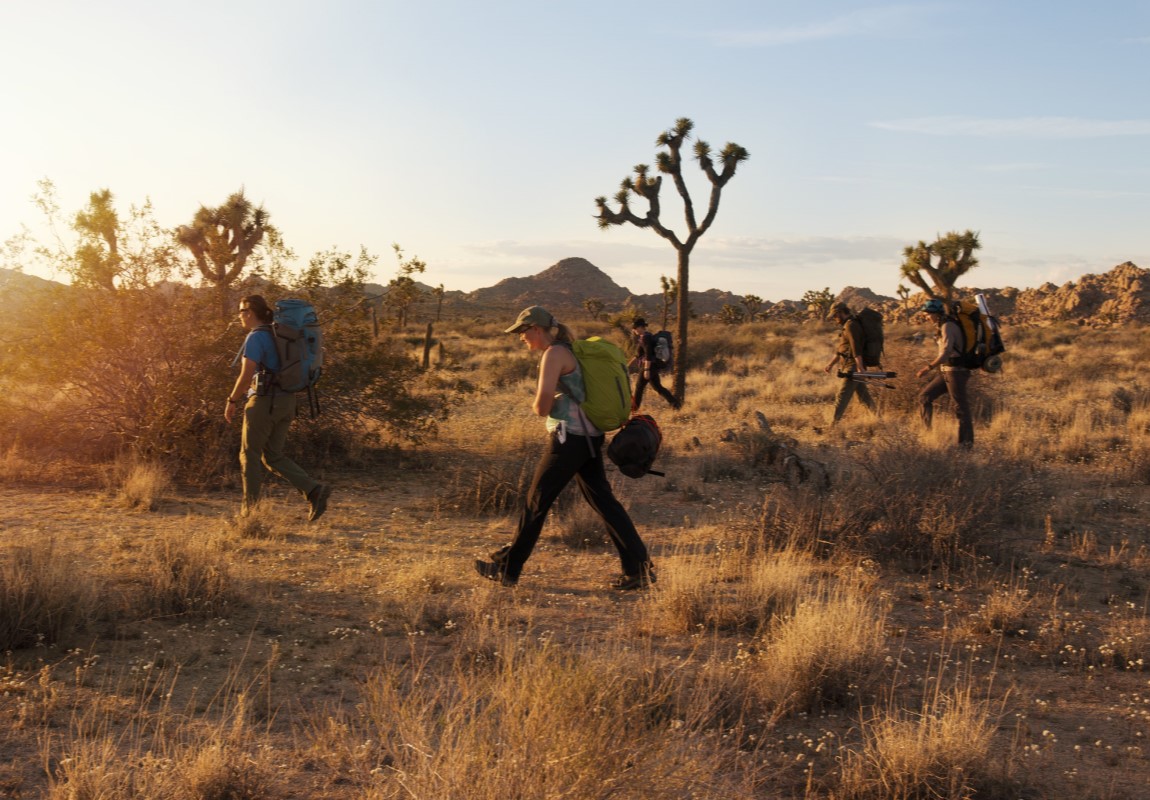Katonga Wildlife Reserve 
Starting from
$400PP
Overview
The Katonga Wildlife Reserve is a wildlife reserve in western Uganda, along the banks of the Katonga River. It has approximately 211 square kilometres (81 sq mi). Many of the species of plants and animals in the reserve are unique to its wetland environment. The Reserve’s terrain is predominantly undulating in nature with distinct vegetation types. Vegetation includes grasslands, wooded grasslands, woodlands, riverine woodlands, swamps, riverine grasslands, and papyrus. Most of the area is mixed savannah with acacia or woodland.
Pros & Cons
- Guided walks are available
- One of the few places in East Africa to see sitatunga antelope
- Exceptional aquatic birdlife
- Only very basic accommodation is available
- Animal densities is very less
Map in Uganda
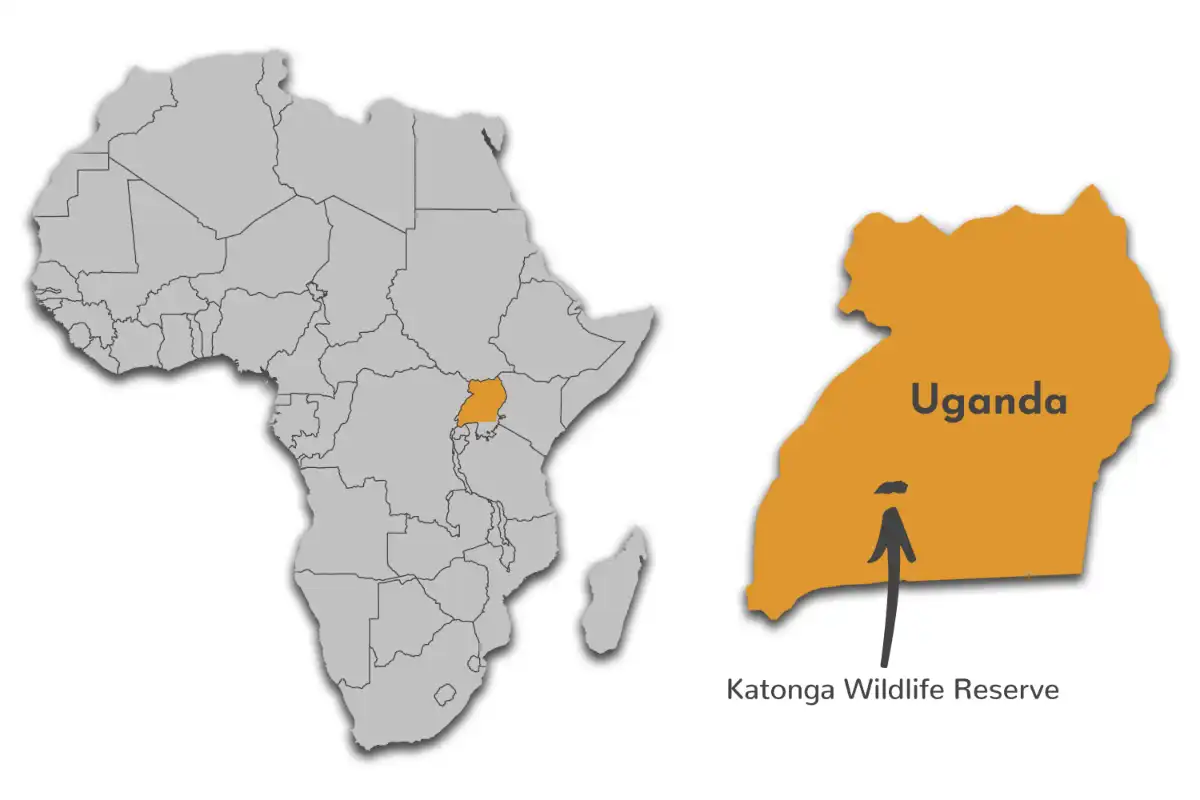
Want to Visit Katonga Wildlife Reserve?
Gallery Images
Explore the stunning beauty of Katonga Wildlife Reserve through our curated collection of photographs showcasing its landscapes, wildlife, and natural wonders.
Want to Visit Katonga Wildlife Reserve?
Wildlife & Animals
Katonga Wildlife Reserve has a viable Sitatunga population inhabiting the Katonga Wetland System. The reserve also habours a high population of waterbucks. The population of Hippos and birds is also growing in addition to primates.
Wildlife Highlights
Elephants, buffalo, waterbuck, bushbuck, reedbuck and sitatunga still occur in the reserve. The population of impalas now stands at 300 individuals. Other mammals include the Black and White Colobus Monkey, the River Otter, Olive Baboon, Uganda Kob, Waterbuck, Leopard, Buffalo, reedbuck, bushbuck and duiker and chevrotain.
Best Time for Wildlife Viewing
The park can be visited all year round for wildlife viewing. The best time for wildlife viewing is in the Dry seasons from December to February and June & to July.
Want to Visit Katonga Wildlife Reserve?
Birds
A variety of habitats can be explored in the park including rainforest, papyrus swamps and savannah. The park is on the edge of the Katonga river valley. The current bird checklist is over 150 including species specific to wetlands, savannahs and forests.
Best Time for Birding
The park can be visited all year round for Birding. The best time for Birding is in the Dry seasons from December to February and June & to July.
Want to Visit Katonga Wildlife Reserve?
Best Time to Visit – Katonga Wildlife Reserve
The park can be visited all year round for wildlife viewing. The best time for wildlife viewing is in the Dry seasons from December to February and June & to July.
May to October (Dry Season)
- Less vegetation and animals concentrate around water, making them easier to spot
- The skies are clear, rain is rare, and there are fewer mosquitoes
- Even though most tourists visit during the Dry season, the parks still feel uncrowded, except for the bustling Chobe riverfront area
- Early morning and evening drives are cold in June, July and August
November to April (Wet Season)
- The scenery is greener, and there are lower rates during this season
- Although wildlife is easier to spot in the Dry season, you'll still see plenty
- There are many newborn animals and migratory birds
- Except for January and February, rains seldom interfere with your trip
- During January and February, the rains can be continuous for days
- It gets very hot in October and November
- Some lodges and camps close down during part of the Wet season
Want to Visit Katonga Wildlife Reserve?
Activities
Explore popular activities available in and around Katonga Wildlife Reserve.
Want to Visit Katonga Wildlife Reserve?
No FAQs available for this park yet.

 English
English French
French